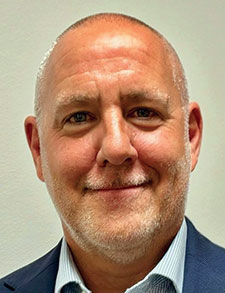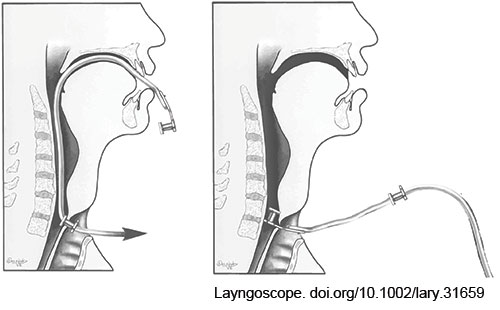ENTtoday debuts a new column—The Great Debate—in which members of the otolaryngology field discuss both sides of common protocols or procedures physicians regularly encounter.


ENTtoday debuts a new column—The Great Debate—in which members of the otolaryngology field discuss both sides of common protocols or procedures physicians regularly encounter.

CMA members’ concerns about a recent reimbursement policy change Blue Shield had announced regarding evaluation and management (E/M) services billed with the Current Procedural Terminology (CPT) modifier 25. The new policy would reduce by 50% reimbursement for any non-preventive E/M service appended with modifier 25 and billed with a minor procedure code.

As 2024 comes to a close, we asked members of the ENTtoday editorial board two questions: What’s been the biggest success in otolaryngology in the last five years and what are you most excited about for the next 5-10 years of ENT medicine? Here’s what they had to say.

The evolution of patient care can be caused by technological advancements, patient experiences, peer learning, conferences, and simply the refinement of one’s own surgical skills. The goal, however, remains the same—providing the highest quality care to our patients.

This article describes an updated and straightforward technique for in-office retrograde placement of the voice prosthesis in patients with challenging TEP tracts.
This article introduces a new endoscopic technique for anterior LTR using costal rib cartilage grafting in a two-year-old patient with acquired grade III subglottic stenosis.
A CNN-based model can accurately localize and segment turbinates in images obtained during NE, signifying the feasibility of future machine learning (ML) algorithms to interpret NE findings.
The cellular landscape of the mouse model larynx contains multiple macrophages and secretory epithelial cell populations; commensal microbiota has an extensive impact on the laryngeal immune system.

VBC (value-based care) is coming to otolaryngology offices within the next five years through the Centers for Medicare and Medicaid Services (CMS) initiatives, and otolaryngology needs strategies for responding to how value, outcomes, and cost will be captured and measured
In two trials, participants with OSA and obesity who received tirzepatide had a clinically meaningful change in sleep-disordered breathing and alleviation of perceived sleep disturbance and sleep-related impairment, as well as reductions in common OSA-related cardiovascular risk factors.